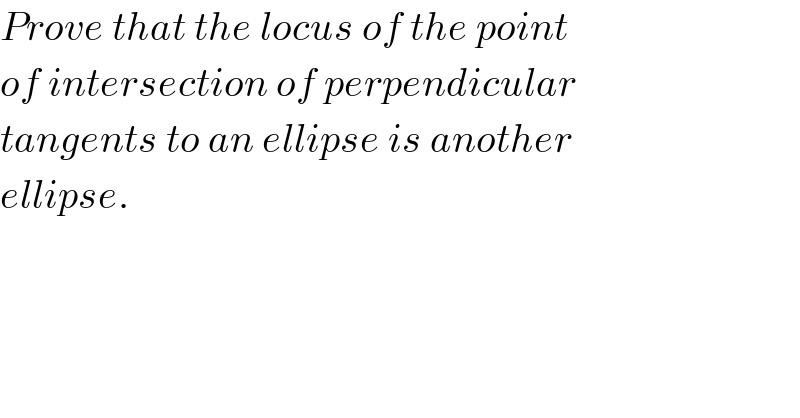
Question and Answers Forum
Question Number 81470 by ajfour last updated on 13/Feb/20

Answered by mr W last updated on 13/Feb/20

Commented by mr W last updated on 13/Feb/20

Commented by ajfour last updated on 13/Feb/20

Commented by mr W last updated on 13/Feb/20

Commented by mr W last updated on 13/Feb/20

Commented by ajfour last updated on 13/Feb/20

Commented by mr W last updated on 13/Feb/20

Commented by ajfour last updated on 14/Feb/20

